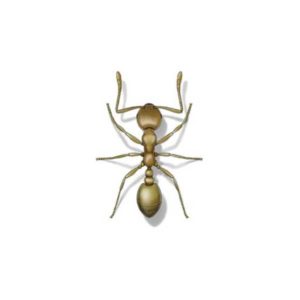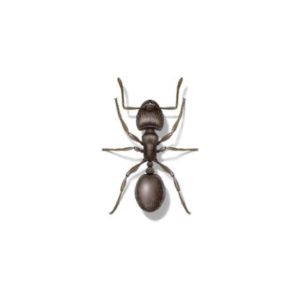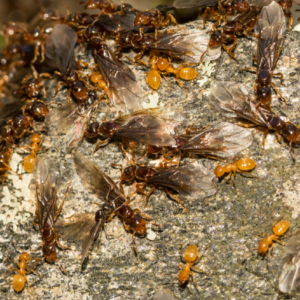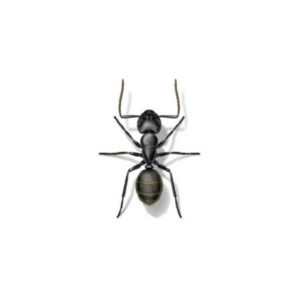Thief Ants in Iowa
Thief ants are the tiniest ants on earth. They receive their name due to their habit of nesting near other, larger ants, then entering their nest to steal food and prey upon larvae. Found throughout Iowa, their nests are connected to the nests they rob by passageways that are too small for other ant species to access, but big enough for the tiny worker thief ants to move freely. Feeding on rodents and insects, thief ants also feed on potato chips and other greasy foods. They invade homes through cracks and crevices contaminating stored pantry products and packaged food items.
Thief Ant Habitat
Due to their minute size, thief ants can nest in spaces other ants can’t. Nests outside are located in exposed soil, under rocks, or in rotting wood. When nesting indoors, they can be found in cabinet voids, behind baseboards, in wall crevices, and under countertops. Thief ants enter structures through small gaps in the foundation or small openings in woodwork during warm weather. They utilize electrical wiring in wall voids to move from room to room. These ants forage in trails throughout a home or building seeking greasy foods, protein, and dairy. Thief ants are commonly found in kitchen and food prep areas of homes and businesses.
Thief Ant Behaviors, Threats, or Dangers
Although thief ants rarely bite, they carry diseases. They can contaminate food supplies with pathogens when foraging inside homes, leaving residents susceptible to serious illnesses. Thief ants form well-defined trails when foraging and can be found inside cabinets, on walls, baseboards, tree branches, and shrubs. Due to their small size, they can access small creases in packaged foods in pantries and kitchens, contaminating food products. If a thief ant infestation is suspected, it is recommended to contact a licensed ant exterminator.





